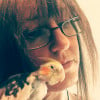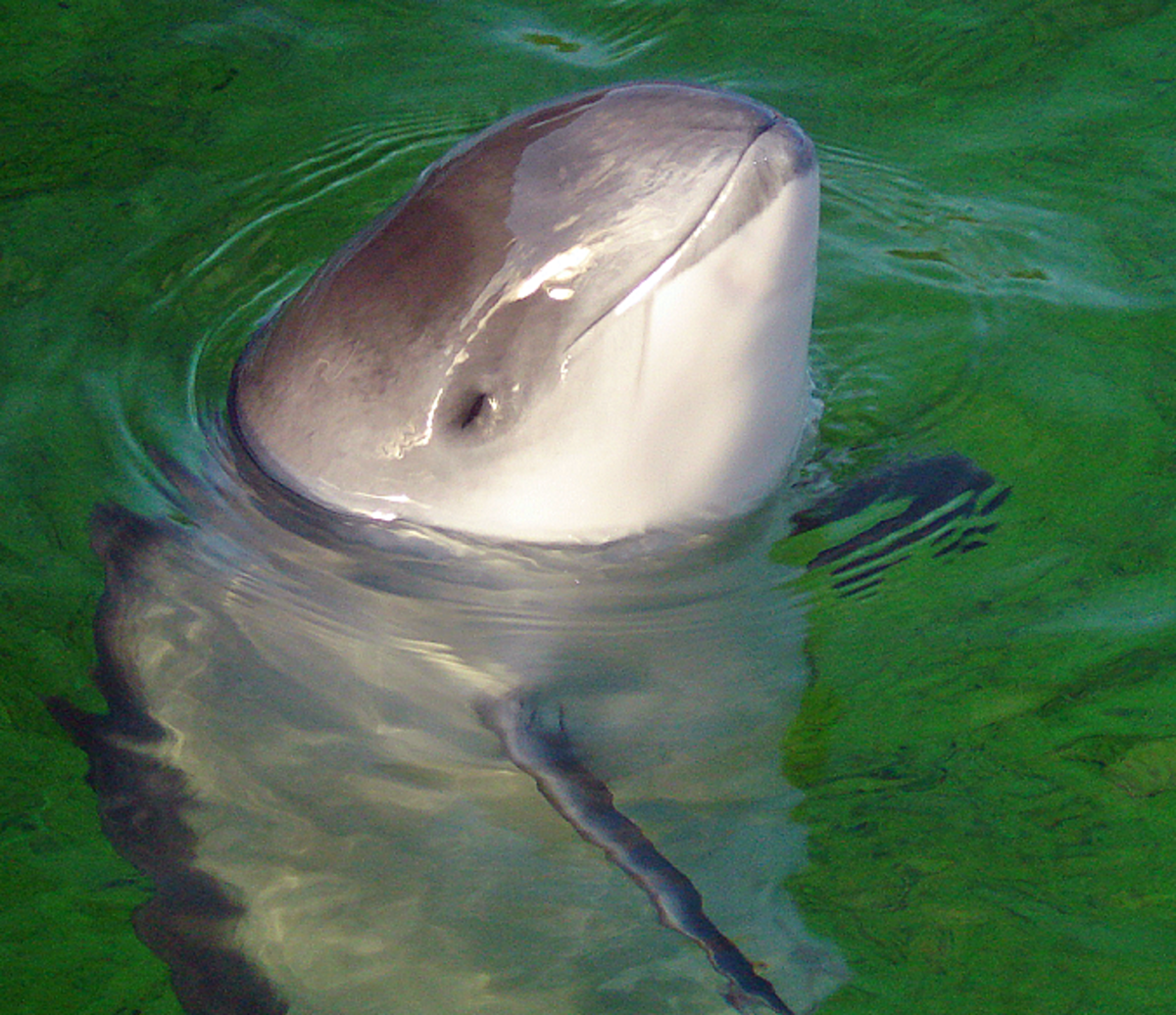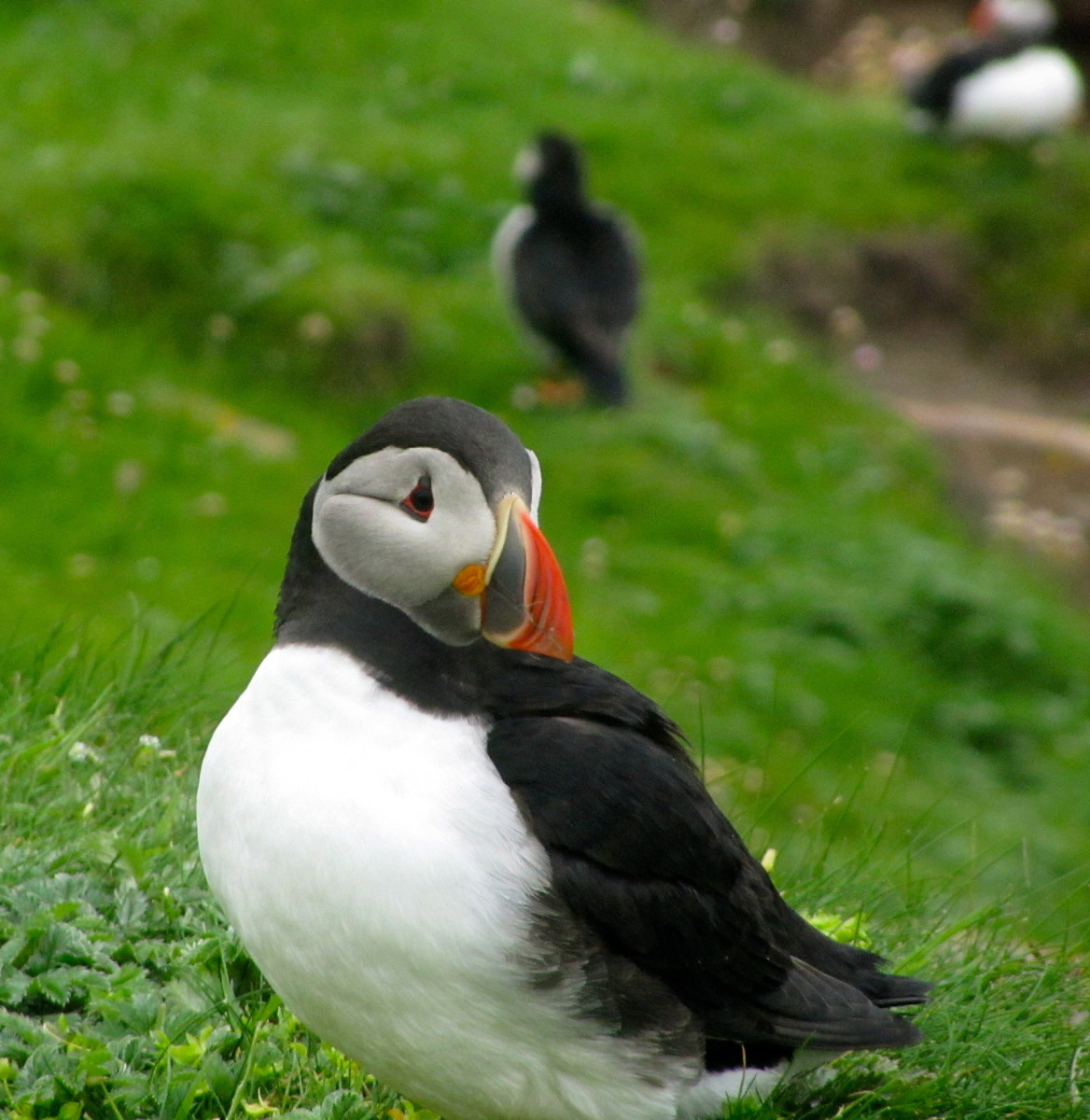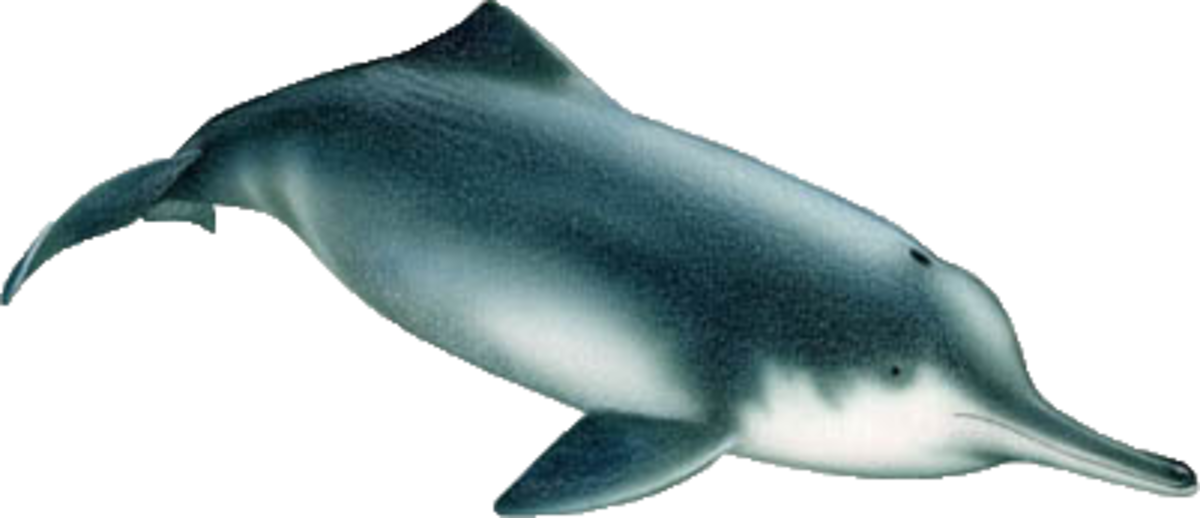- HubPages»
- Education and Science»
- Life Sciences»
- Endangered Species
Endangered Birds: The Kakapo Parrot
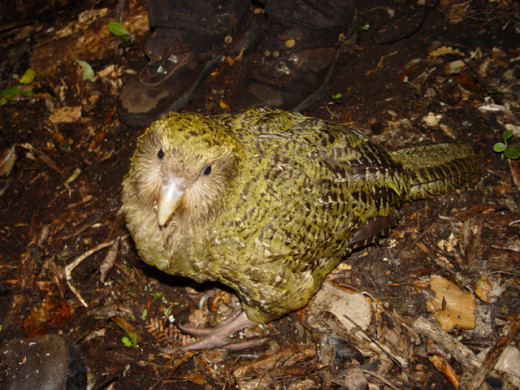
There is a type of parrot in New Zealand that is unlike most other parrots. This particular parrot species is large, nocturnal, flightless, and spends a lot of time on the ground instead of in trees. This bird is called the Kakapo, which means "night parrot" in the Maori language. Unfortunately, there aren't very many of these birds left in the world.
What are the characteristics of the Kakapo, why are they critically endangered, and what's being done to save them?
Description
The Kakapo is huge for a parrot. They can be two feet in length, and weigh between 4 and 9 pounds. They can store more fat than other parrots, giving them a round body shape. The Kakapo doesn't have much of a keel bone (the flat bone that extends from the sternum on most birds). Since the keel is what supports flight muscles, the lack of the bone along with short wings renders the bird unable to fly.
Their feathers are predominantly yellowish green with black or brown bars. They have round faces, which, along with their nocturnal habits, gives them the nickname "owl parrot."
The trained observer can easily tell males and females apart. They are similar in color, though males tend to have more yellow. Females have longer tails and narrower beaks and heads than males. Females also tend to be more aggressive.
Another quality that separates the Kakapo from most birds is a good sense of smell. It's believed that they can find and identify each other by scent (they have a musty scent of their own).
Diet
The Kakapo parrot primarily eats plant foods - seeds, nuts, fruit, sapwood, pollen, and leaves. The specific types of plants eaten depends on what's in season. When Kakapo eat leaves, they'll partake only the nutritious portions and leave clumps of fibers behind.
Breeding
Kakapo parrots don’t begin to mate until they are at least a few years old – about 5 years for males, and between 9 and 11 for females (though two six year old females laid eggs in 2008).
When mating season rolls around (which only happens every few years), the males will gather at an “arena,” and then will set up individual mating courts. There is often fighting and competition over the best locations, and these fights sometimes lead to injuries and even death. Once a male secures his spot, he’ll dig a bowl into the ground, usually near rocks or tree trunks. When he’s ready to attract a mate, he’ll sit in his bowl, puff up, and let out a series of booming calls followed by a chinging sound. The call can be heard from 5 miles away.
When a female shows up, the male will display for her by clicking his beak, rocking side to side, spreading his wings, and walking backwards. After mating, the female will return to her own territory where she will raise the chicks herself. The male will remain in his court and try to attract more females throughout the breeding season.
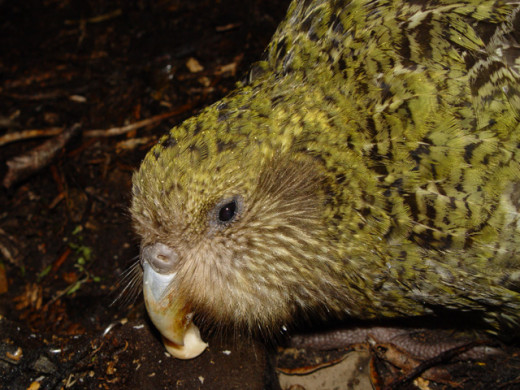
Why the Kakapo Parrot is Endangered
For millions of years, New Zealand was home primarily to birds and reptiles (the only mammals were bats). The Kakapo has many adaptations that allowed the bird to flourish in this environment. At the time, the Kakapo's only predators were raptors. Most raptors hunt by sight, which means they are primarily active during the day. The Kakapo, on the other hand, is active at night. Their sense of smell helps them forage in the dark, and it helps them find the scent of other Kakapo. The Kakapo's green color provides good camouflage, and the bird freezes when threatened, which better helps him blend in with his surroundings.
While these characteristics were great for the Kakapo's survival in New Zealand's original environment, they became detrimental once humans showed up and brought a variety of mammals with them.
Cats often get the blame whenever we hear of an area’s native wildlife becoming threatened by the arrival of humans and their domestic animals. Cats have certainly been a major factor in the Kakapo's decline, but other predators are responsible as well. In fact, the Kakapo started having trouble well before cats arrived on New Zealand.
The Maori were the first humans to arrive, sometime between the years 1250 and 1300. They used the Kakapo as a food source, and also as a source of feathers and skin for cloaks. They taught their dogs to hunt the birds, who found and caught them easily due to the Kakapo’s strong scent, inability to fly, and habit of freezing when threatened. Polynesian rats, which eat bird eggs and chicks, also showed up with the Maori. In addition to the introduction of new predators, the birds lost some habitat as well.
Things started to get worse for the Kakapo when Europeans began settling New Zealand in the mid-19th century. They brought more dogs, cats, rats, and stoats, and destroyed more habitat. Like the Maori, they hunted Kakapo for food, and also collected the birds for zoos and museums. Later in the same century, humans brought more stoats, weasels, and ferrets to try to control the rabbit population. Unfortunately, these predators prey on birds as well.
Conservation Efforts
Humans have been making efforts to help the Kakapo since the late 1890s. A conservationist by the name of Richard Henry made the first attempt, when he caught and transported Kakapo (along with kiwi) to Resolution Island, which was predator-free at the time. Unfortunately, stoats found their way on to the island and wiped out the Kakapo. Later attempts also involved moving Kakapo to islands and nature reserves, however, stoats and feral cats continued to be a problem.
In 1989, a Kakapo Recovery Group was established through the New Zealand Department of Conservation, and thanks to the work of this group, there are small populations of the birds on Codfish Island, Anchor Island, and Little Barrier Island, which are all now free of predators. The birds all carry radio transmitters to allow the recovery group to monitor them. When eggs or chicks are present, a watcher will camp out nearby to protect the nest when the mother is off looking for food.
The birds are given health check-ups about once a year, are provided with supplementary food in spring and summer, and the amount of food they eat is monitored. If a chick is underweight, sick, or if the mom can't handle all the babies herself, human caretakers will hand-raise them for a few months before returning them to the wild.
Due to the Kakapo's infrequent breeding, the arrival of new chicks is always exciting news. Six chicks have hatched in 2014, which brings the total Kakapo population up to 130 birds. The video below shows new baby "Lisa One." This baby's existence is a miracle. Lisa, her mother, accidentally broke the egg. Conservationists managed to put it back together with glue and tape. Obviously, it was a successful endeavor! Lisa One's name will eventually change - since it's impossible to tell if a chick is male or female, they are temporarily named after their mothers.
Resources
- KakapoRecovery - YouTube
Kakapo Recovery's Youtube channel. - Kakapo Recovery
For updates on the recovery project and/or to help, check out the official page for the Kakapo Recovery Group.
